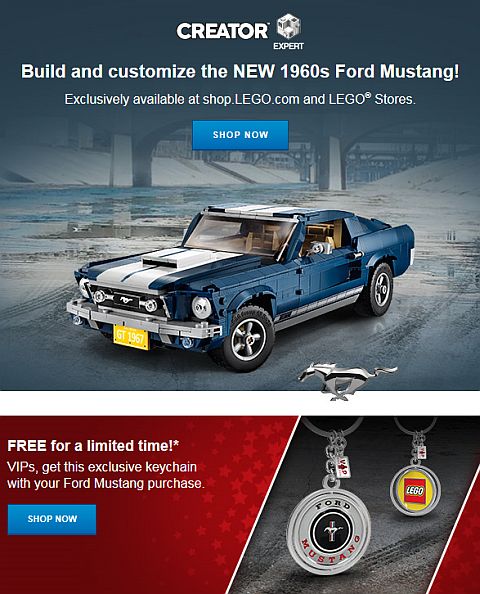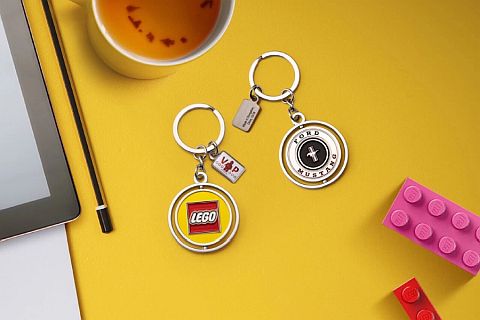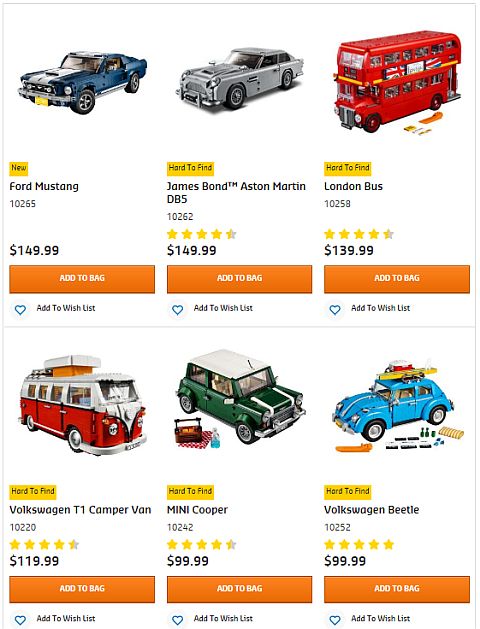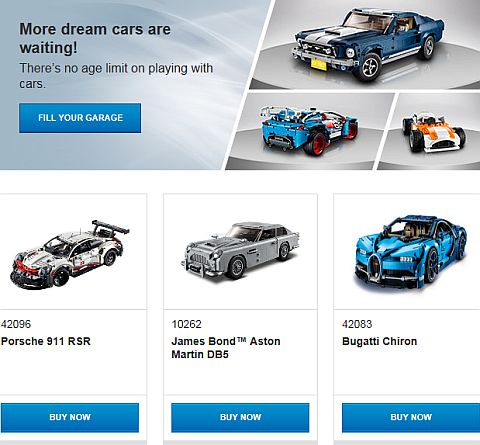Whenever there is a new LEGO movie, or even just a regular LEGO theme with no movie tie-in, LEGO designers work on lots of potential ideas that may never make it past the drawing board. Many of the concepts made for the movies end up in the behind-the-scenes books, such as The Making of the LEGO Batman Movie, and The Making of the LEGO Ninjago Movie. For LEGO fans, these books offer a special glimpse into the daily work of LEGO designers. 🙂
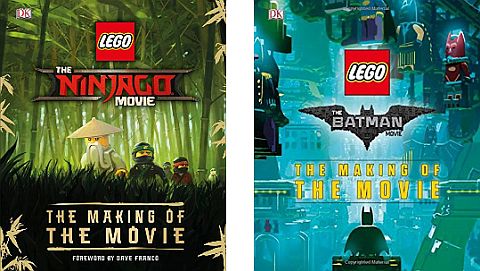
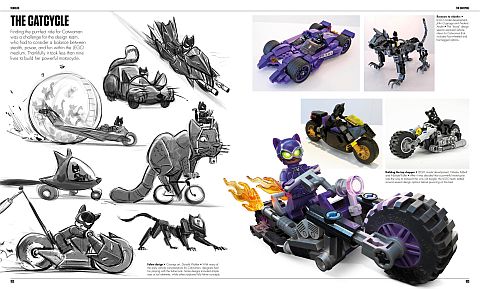
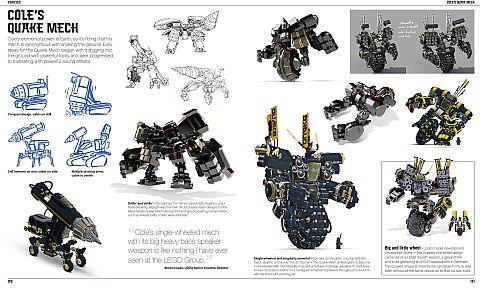
In regards to The LEGO Movie 2, we have seen the development of several of the models and scenes in the designer interviews (see: The LEGO Movie 2 Behind-The-Scenes & More!), which were super interesting. In addition, LEGO designer Mark Stafford (a.k.a. LEGO_Nabii) recently tweeted a couple of images of a model he was working on for the film. Mark is well known for his excellent LEGO machines and mechs, so it is always a special treat to see his work.
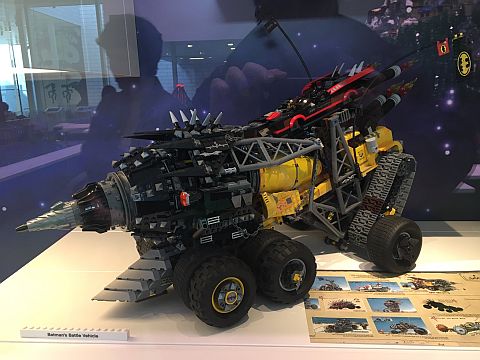
The monstrous Batman Battle Vehicle was based on concept art for the movie by Warner Brothers, which Mark spent six months converting into an actual LEGO set. The vehicle is well over 3,000 pieces, and was meant to be released as a D2C (direct-to-consumer) set. According to Mark, the drill can turn in two directions, and the ‘66 Batmobile can attach at the top. Then, the instructions team built the model in the 3D computer graphics application Maya so it can be sent in for animation.
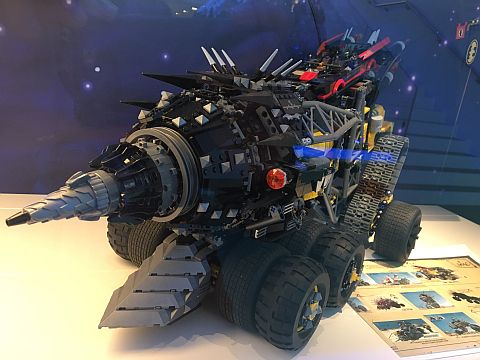
Unfortunately, the concept was cut before animation, so it never made it to the movie, and the instructions team never finished putting together the instructions. Although we will likely never be able to own this awesome vehicle (unless Mark is willing to share more pictures and someone can reverse engineer it) the concept art may make it into a future behind-the-scenes book.
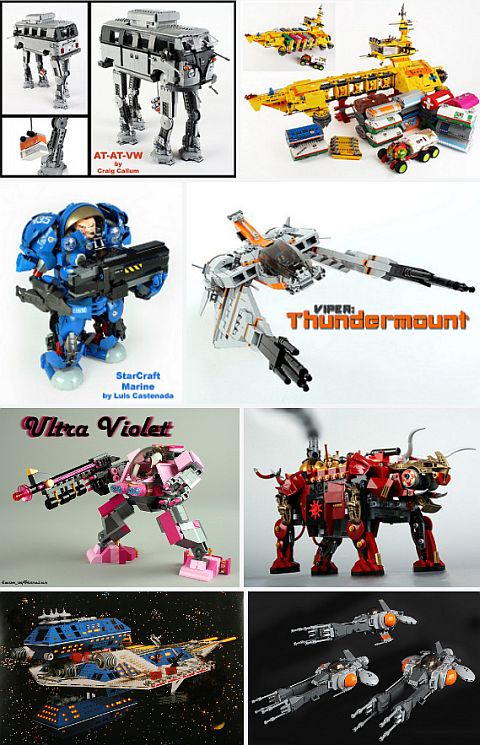
If you are on Twitter, it is worth following Mark, as he often shares interesting little tidbits from the daily life of a LEGO designer. Mark also shares many of his own personal builds at MOCpages and flickr. And you can find the list of sets he worked on at the Brickset database. Although the Batman Battle Vehicle didn’t make it into The LEGO Movie 2, nor did it become an official LEGO set, there are some other great sets that are currently available at The LEGO Movie 2 section of the Online LEGO Shop.
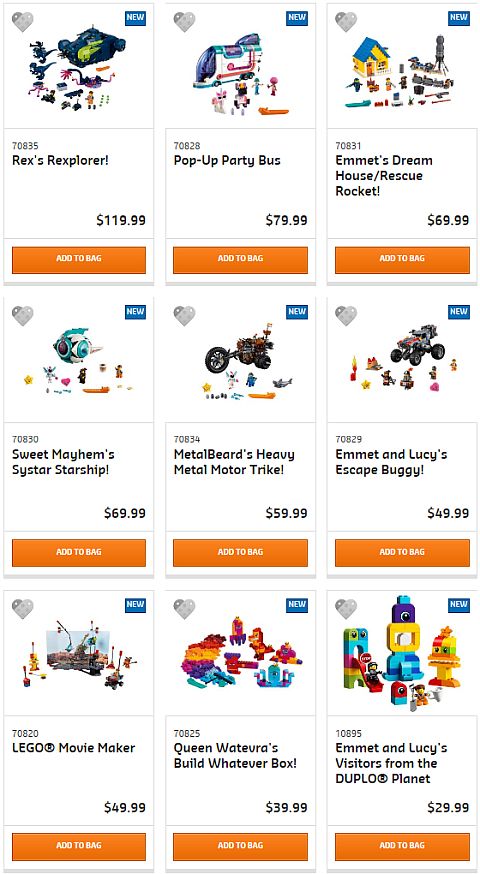
What do you think? How do you like the Batman Battle Vehicle? Would you have liked to see it as an official LEGO set? Which one is your favorite set from The LEGO Movie 2? Feel free to share your thoughts and discuss in the comment section below! 😉
And you might also like to check out the following related posts:


